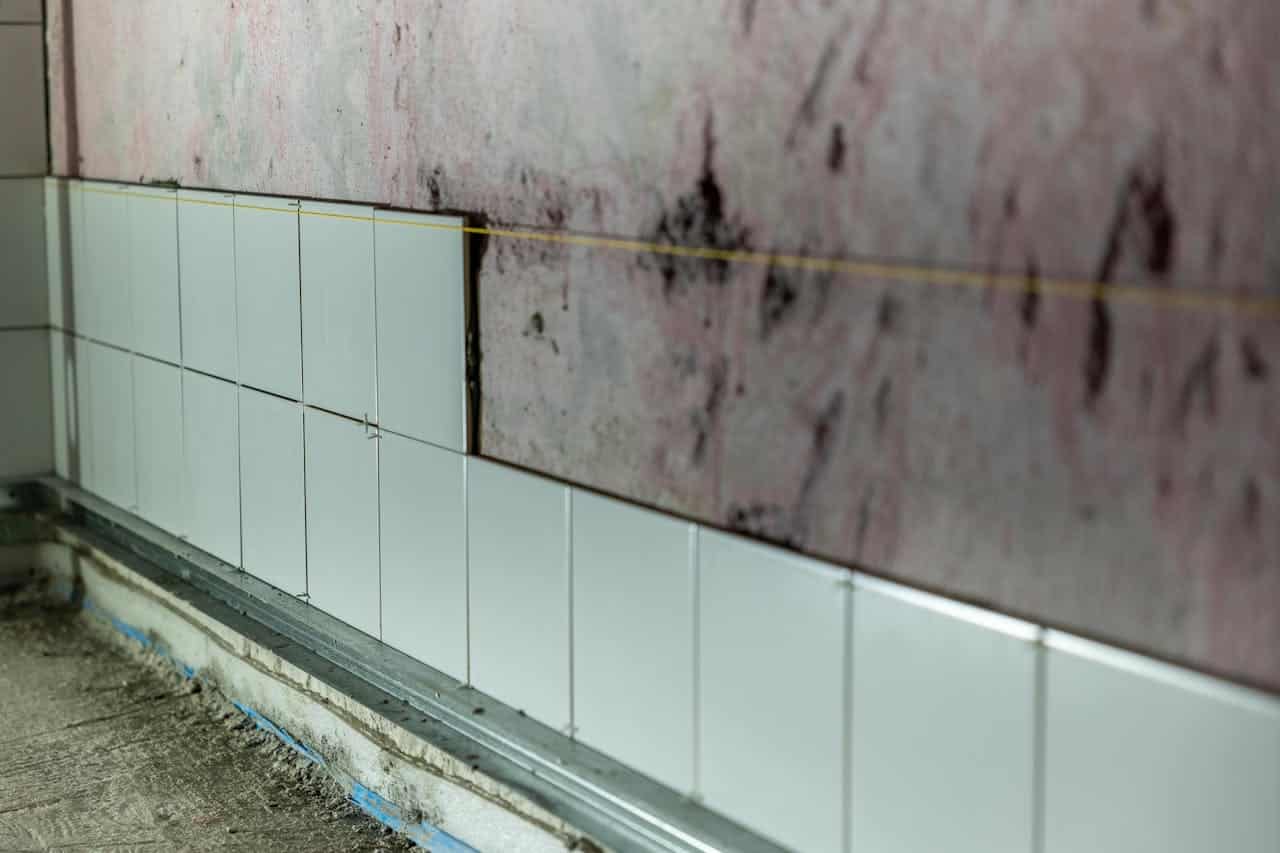Mold allergies can be difficult to manage, especially in regions where high humidity creates ideal conditions for mold growth. Nearly 100 million Americans experience allergy symptoms each year; for those who live in damp or coastal environments, mold spores can become a constant presence in the air, triggering symptoms and impacting overall health. Consider the following when it comes to managing mold allergies in humid climates.
Why Mold Allergies Are Worse in Humid Climates

Mold is a type of fungus that grows in damp, warm environments. Humid climates provide consistent moisture that allows mold to spread on surfaces such as walls, ceilings carpets and even inside HVAC systems. In these regions, it’s also common to see higher indoor humidity, especially in poorly ventilated homes.
Mold releases spores into the air, which can cause allergic reactions when inhaled. People with mold allergies may experience symptoms such as:
- Sneezing and nasal congestion
- Itchy or watery eyes
- Coughing or wheezing
- Postnasal drip
- Asthma flare-ups
In more sensitive individuals, chronic exposure can lead to ongoing respiratory issues or sinus infections.
Tips to Reduce Mold Exposure Indoors
In humid climates, controlling moisture and improving air circulation are key to managing mold allergies. Here are practical steps to limit indoor mold:
- Use a dehumidifier: Aim to keep indoor humidity levels below 50%. Dehumidifiers can help extract excess moisture from the air.
- Improve ventilation: Use exhaust fans in bathrooms and kitchens, and open windows when possible to let air circulate.
- Fix leaks quickly: Address water leaks in roofs, pipes or windows to prevent mold from taking hold.
- Dry wet areas promptly: Whether it’s a spill, damp towel or water-damaged carpet, mold can begin growing within a couple of days if moisture is left unchecked.
- Clean regularly: Use mold-killing cleaners in bathrooms and around sinks. Consider mold-resistant paint for high-risk areas.
- Replace air filters often: HVAC systems can circulate mold spores if filters aren’t changed regularly.
- Avoid wall-to-wall carpet in damp areas: Opt for tile or laminate flooring, especially in basements or bathrooms where moisture is common.
Outdoor Strategies for Mold Allergy Sufferers
Outdoor mold can be just as problematic, especially in wooded or grassy areas. To limit exposure:
- Check mold counts: Local weather services often report mold levels, which can help you plan outdoor activities accordingly.
- Wear a mask when gardening or mowing: Disturbing soil, leaves or compost can release spores into the air.
- Shower after spending time outdoors: Mold spores can cling to your skin, hair and clothing.
- Keep windows closed on high mold days: Use air conditioning with a clean filter instead.
Mold allergies can be a challenge, but they’re not impossible to manage. To learn more about allergy management or to schedule an allergy test, contact Lakelands ENT today.